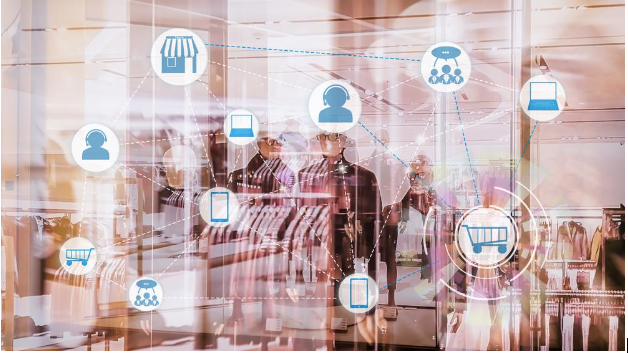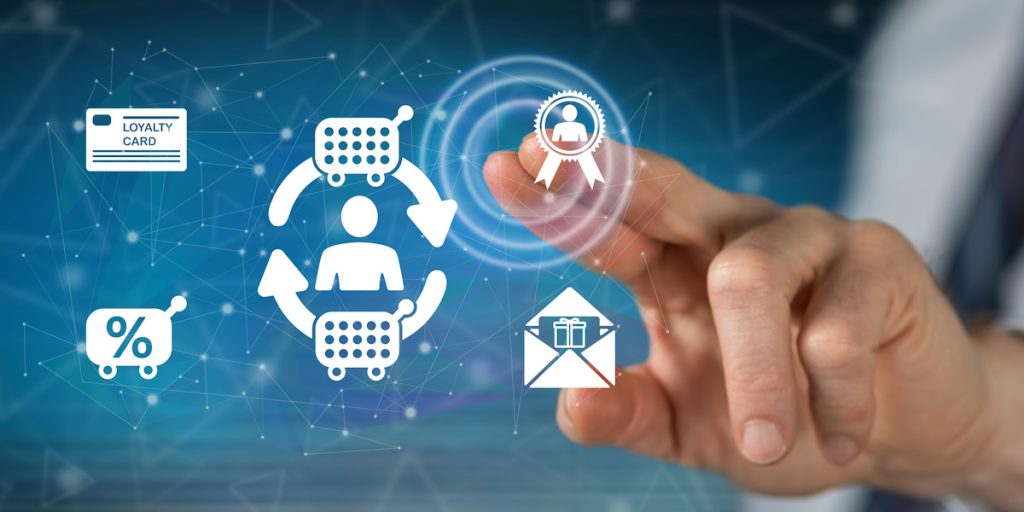In the cut-throat world of B2B, in which relationship is everything, building client loyalty is more important now than ever. While loyalty schemes have generally been seen as best placed within B2C markets, they also can have merit for B2B organizations. An effectively designed B2B Loyalty Program will help cement more robust client relationships, drive repeat business, and deliver sustainable competitive advantage. How do you create a B2B loyalty program that works? The following seven key factors help you build a program that can provide value.
Why do B2B Loyalty Programs Matter?
B2B Customer Loyalty Programs are not mere methods of rewarding repeat customers but strategic tools for building more robust and more profitable relationships with your clients. Loyalty programs, especially in B2B settings with generally long and intricate decision-making processes, can make a massive difference for your business. They maximize the potential of your retention, raise the lifetime value, and set you apart in today’s saturated marketplace. Loyalty program could drive more predictable revenue streams and better entrench loyalty within your client base, but you need to create and operate a thoughtful program first. So, without further ado, let’s cover the seven crucial success factors every B2B loyalty program should have.
Know and Understand Your Client’s Needs
The first foundation of a strong, successful B2B customer loyalty program is understanding that clients have business goals and challenges. Hence, one size cannot fit all. Spend more time researching and trying to understand what makes the most difference to your clients. With this knowledge of pain points, business objectives, and preferences, you can design a loyalty program to meet their needs. With that, it increases the level of participation, thereby making the program realistic to the client.
Offer Attractive and Relevant Rewards
The rewards you give out are at the core of your B2B loyalty program. The rewards should be valuable and relevant to business needs to keep clients interested. Think past generic rewards to what is genuinely in your client’s best interests. Whether discounts on future purchases, exclusive services, or early bird access to new products, these rewards must add value to customers’ business operations. The most robust B2B loyalty programs offer different types of rewards that can be redeemable across all kinds of client segments so that they can appeal to a wide array of end consumers.
Make the Enrollment Process Simple
Complexity is the enemy of participation. If your B2B loyalty program is challenging to register for, you have lost many participants before they even start. Make the registration process easy, quick, and intuitive. Easy sign-up that asks for critical details will make more clients participate, and you will gather more data about them as they engage with the program. The easier starting is, the faster you’ll see active participation.
Leverage Data for Personalization
Personalization will be the crux of making your B2B loyalty program stand out with success. Use data to understand clients’ behaviors, preferences, and purchase histories. You can then customize the program based on the data obtained. With personalized offers, customized rewards, and targeted communication, clients will feel valued and understood. For example, if a client shops for a particular product more often, try to award them discounts on that specific product or some other related bonus. Most of the time, the more personalized an experience, the more likely it will keep clients engaged in the program.
Communicate the Value of the Program Regularly
Your B2B loyalty program is only as effective as your communication. Regularly communicating with the clients keeps them abreast of the program’s benefits and how they can derive maximum value from it. It can be done through communication from account managers using email, social media, and personal communication about updates, tips, and success stories. The motivation of others by hearing tangible benefits accrued by other clients can be an excellent way to encourage new participants. Your consistent communication also opens the door to soliciting feedback and making necessary improvements.
Measure and Analyze Program Performance
Measuring and analyzing how well your B2B loyalty program works is significant. You can track participation, reward-redemption rates, and client retention rates. Continuous analysis will point to what works and what can be improved. If some rewards are not resonating with the clients, the offers can be changed. The best B2B loyalty programs are dynamic and improve with data flow and client feedback.
Commit to Long-term Results
B2B loyalty programs require a long-term commitment to succeed. They’re not a quick fix but a strategic tool for building lasting client relationships. So, ensure that your program remains sustainable and flexible about requirements. Re-energize the rewards at frequent intervals, introduce new features, and add zing to the program to keep the participants intrigued. Long-term success can also be achieved if clients are continuously supported and communicated to realize the value of your program. A loyalty program that is properly maintained will keep clients loyal and continue to elevate a business for years.
Final Thoughts
B2B loyalty programs can be very potent in building solid, Long-Term Client Relationships. Success in these programs hinges on several key factors – from understanding client needs and offering valuable rewards to making enrollment easy and leveraging data for personalization. It further speaks of regular communication, performance analysis, and a long-term commitment to the program. A B2B customer loyalty program built around these seven factors will enable you to satisfy your customers and, at the same time, drive growth and development within your business.
Looking to enhance your B2B Loyalty Program?




